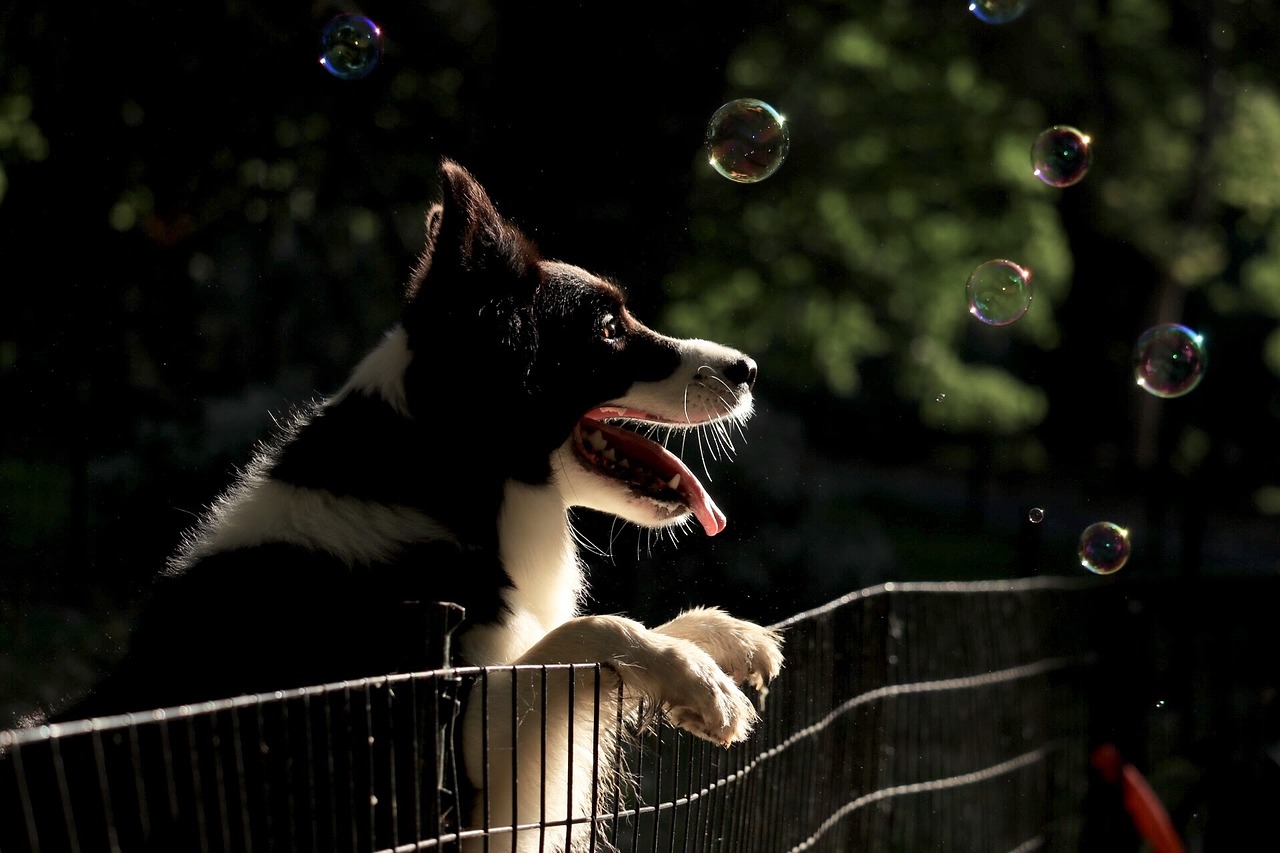Dog fenced or dog-free boundaries are an invisible electronic barrier designed specifically to keep either a dog or other domesticated animal within a contained set of defined boundaries without the usage of a physical obstruction. An electrical shock is delivered if the warning buzzer is ignored. The shock delivers a very small and temporary electrical impulse that has no permanent effect. This makes it ideal for keeping a dog contained while still giving the owner the ability to observe the behavior of the animal. In many ways it is a more humane alternative to a physical fence.
Although the benefits of dog fences seem obvious, many owners seem to overlook the most important consideration: the dog must feel comfortable in the enclosure. It is quite possible for a dog fence to cause a negative reaction in an animal which would cause it to enter the boundary when the dog cannot see the boundaries. For this reason, all types of dog fences should be tested before installation. Professional dog fence testers will be able to check for any potential problems with your new dog fence system. They may even suggest additional measures for you to take in order to ensure the system gives your dog the safest and most comfortable experience while inside the fence.
Dog Fences come in many different designs, styles and models. Some have remote controls, making them easy to install in hard to reach places, while others are simply stationary fences with no moving parts. The wireless dog fence is considered to be the easiest to install since it does not need any wires to connect the panels together. These fences can be installed in the ground or flat areas as well as on wood or concrete structures. The wireless system comes in both indoor and outdoor models and can easily be installed around your home.
There are several major differences between the two types of fence systems. Although both use electric shocks to train dogs, the wire system can be more easily used outdoors, while the underground wire system can be used indoors. The wireless systems also tend to be less expensive, although there are a few exceptions. The underground electric fences usually use higher voltage, but both types can be installed in low voltage circumstances.
Invisible Dog Fences: Invisible dog fences are becoming increasingly popular as people realise that they are a humane alternative to shock collars. The biggest difference between invisible fences and shock collars is that the shocks cannot be heard by your dog. The shock can only be seen by the dog if it can move – this makes the shock less evasive and more effective. Many dogs seem to find this easier to cope with than the high voltage shock collars.
Metal Dog Fences: Metal fences are a good choice for many reasons. They are long lasting and relatively cheap compared to other types of fences, although there is one major drawback. Metal is not easy to repaint and usually needs to be painted every few years. Some dogs seem to have a problem picking up on metal fences.
Wireless Dog Fences: Wireless containment systems allow you to create a boundary line without marking out the entire yard. You can set a maximum size and treat the entire property with the wireless alarm. The wireless system is activated by a transmitter that is placed at the dog boundary line. Most dogs seem to forget that they are in the containment area and will go right ahead when their owner activates the alarm.
One important thing to note is that some dogs may be able to pick up the transmitter from far away, so the transmitter needs to be within about 30 yards of the dog boundary line. This is another reason why people love wireless fences because you can move them quite easily. Fences also need to be put in high areas such as in the front yard, back yard, or rear yard, where most dogs seem to be. Also remember to place the transmitter within easy reach of the dog so it can quickly pick it up if it is wandering near your yard.

